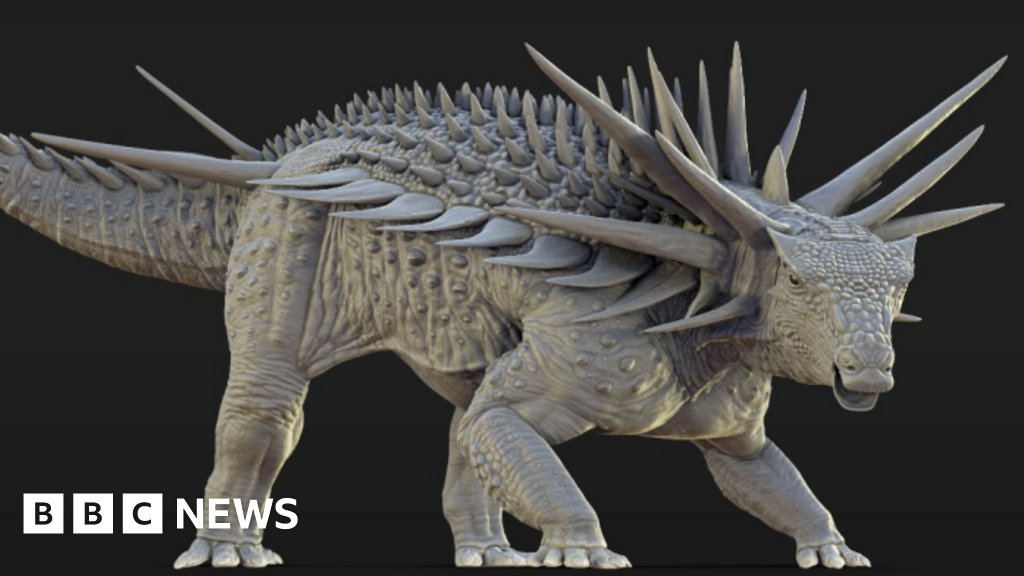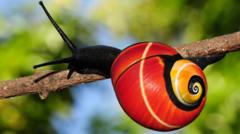Naked mole rats, often described as odd-looking bald rodents, have unveiled a remarkable genetic secret that may explain their long lives. A recent study indicates that these fascinating creatures possess a uniquely evolved DNA repair mechanism that contributes to their remarkable longevity, with lifespans reaching nearly 40 years—far surpassing that of common rodents like mice, which typically live for only three years.
The research, published in Science, explores the DNA repair processes in naked mole rats, revealing how these animals resist various age-related diseases. Unlike many creatures that suffer from cancer, neurological degeneration, and arthritis as they age, naked mole rats seem to thwart these issues, prompting scientists to delve deeper into their biological systems.
Led by a team at Tonji University in Shanghai, the study emphasizes the significance of DNA repair—a crucial process whereby damaged DNA strands are fixed using healthy templates. A key find was regarding the protein c-GAS, which in humans can inhibit effective DNA repair, potentially leading to cancer and reduced lifespan. However, in naked mole rats, c-GAS appears to aid in repairing DNA, thus preserving their genetic integrity.
Professor Gabriel Balmus from the University of Cambridge noted that understanding how these animals have evolved to rewire this protein's functionality could unlock vital insights for enhancing human health and combating the effects of aging. This remarkable study is a stepping stone toward discovering new health solutions, as the insights gleaned from naked mole rats may lead to therapies aimed at improving lifespan and quality of life in aging populations.














